In 1879, two teenage boys went treasure hunting on their father’s property, a large Gokstad farm located north of the modern town of Sandefjord in Vestfold and on the western side of Oslofjord.
As legend told of a famous king and his treasure buried in the area, they decided to set their sights on the well-known old Viking burial mound, also known as Kongshaugen or “King’s Mound.”
Through peat and clay, the boys unearthed what seemed to be the remains of a ship.
As the word spread, the Norwegian Antiquarian Society got wind of the unsanctioned excavation.
Nicolay Nicolaysen, an expert from the University of Oslo, investigated the site and soon concluded it had archeological potential.
The state-sponsored excavation began in 1880. It led to one of the greatest Viking archeological discoveries in Norway.
The Gokstad ship
When Nicolaysen conducted the scientific excavation of the Gokstad mound, the excavators uncovered a Viking Age ship. A wooden burial chamber was found in the rear of the ship, containing the incomplete remains of a male skeleton, some ship and kitchen equipment, an iron cauldron, and four candle holders.
The Gokstad ship, built around AD 890, is one of the finest and best-preserved Viking longships in the world.
While it was buried underground, the thick blue clay which covered the ship prevented deterioration. However, the ship did go through a massive restoration process.
It is currently displayed at the Viking Ship Museum in Bygdoy, located at a peninsula on Oslo’s western side.
The vessel has an oak frame and a pine deck. Its length amounts to 75 feet, and it has a beam of 16 feet, embellished with 32 black and yellow shields, 16 strakes, and 16 oar stations on each side.
It could carry a crew of 34 oarsmen, helms-men, and lookouts. A woolen material with red cloth strips was found in the forepart of the ship.
Since thwarts were not found, it is thought that the Vikings used sea chests as rowing benches.
The oars varied from 17 to 19 feet in length. The oar holes were placed 16 inches above the deck.
The Gokstad ship is a clinker-built Viking longship, meaning that the edges of hull planks overlap each other. This design enhanced the strength and flexibility of the hull.
It is believed that the ship could easily cut through the high sea.
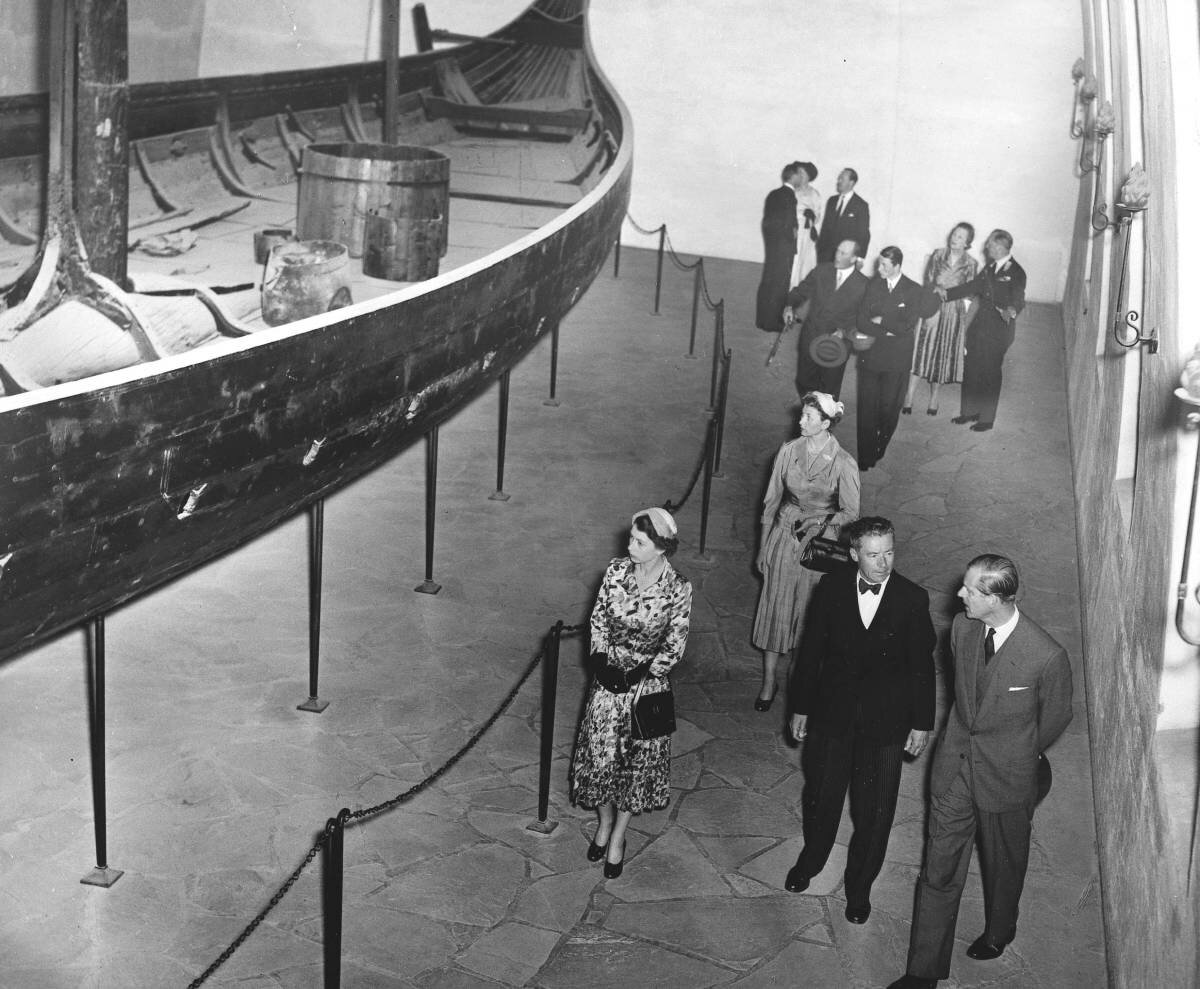
A special feature
The Gokstad ship has another spectacular feature – it has a burial chamber behind the mast. A handful of broken bones from the original skeleton were discovered inside the burial chamber.
It included pieces of four leg bones, a shoulder blade, an upper arm bone, and two skull fragments as well as horse gear fittings, belt straps of lead, bronze, and iron, a gaming piece and a board, some fragments of textile, and an empty leather purse, among other things.
Remains of twelve horses, eight dogs, two goshawks, two peacocks, and singular bones from duck and sheep were also discovered on the site.
The skeleton’s poor condition and the lack of personal jewelry and weaponry in the burial mound led to a conclusion that the grave had previously been raided.
Researchers believe that the desecration of the grave was out of personal motives and not by treasure seekers looking for riches.
A dozen wooden spades that were left behind are proof of the break-in, which was dated to around AD 950-1000.
The Danish king Harald Bluetooth was the likely perpetrator, and the desecration of the burial site likely occurred during his advances in the region in the second half of the tenth century.
The Gokstad man
According to anthropological examinations, the human skeleton found in the burial mound, dated to between AD 895 and AD 905, was that of a chieftain.
According to an analysis that took place around 2007, carried out by anatomist and curator of the Schreiner collection of human bones at the University of Oslo Per Holck, the Gokstad chieftain had “a big and coarse-limbed body and a deep and toneless voice, enlarged nose, ears, and lips, big and sweaty hands and feet.”
He was likely in his 40s when he died, and he was nearly 6 feet tall. The deceased chieftain presumably suffered from abnormal height and muscle growth.
He also likely suffered fatal injuries and violent death – his physical constitution likely caused relatively weak muscular strength and limited motor skills.
The cuts on the leg bones point to injuries from different types of bladed and pointed weapons, such as a sword and a knife, immediately before his death.
No known historical figure has been associated with the burial mound thus far.
Source: Norway Today

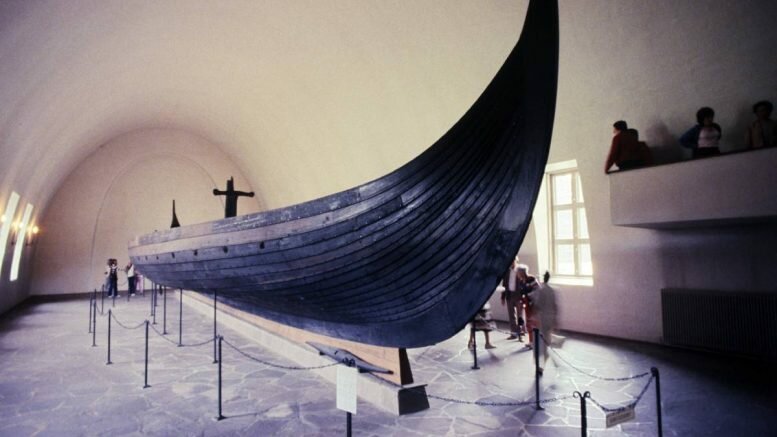
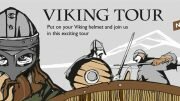

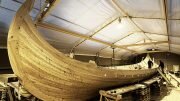
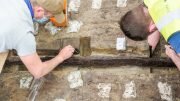
Leave a comment